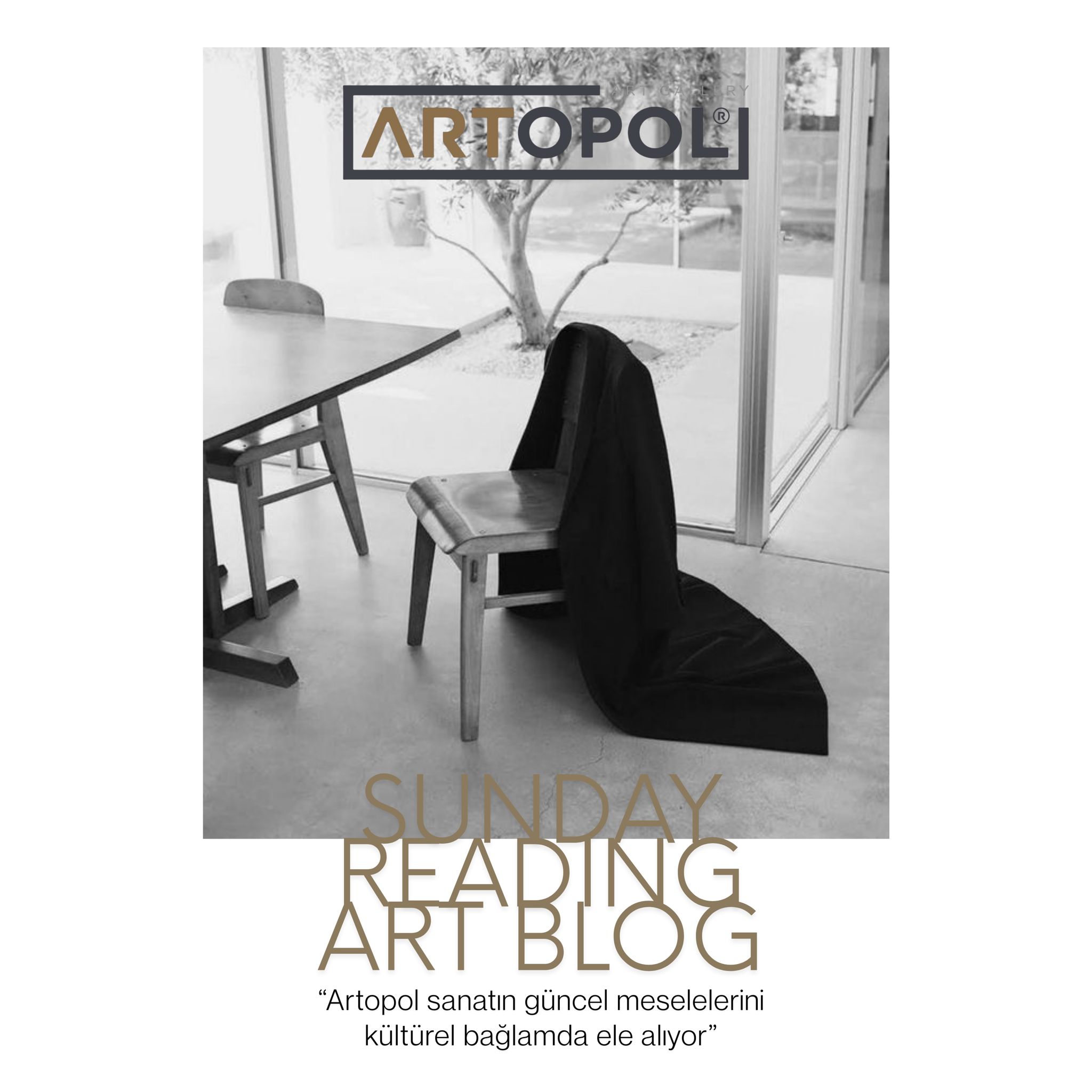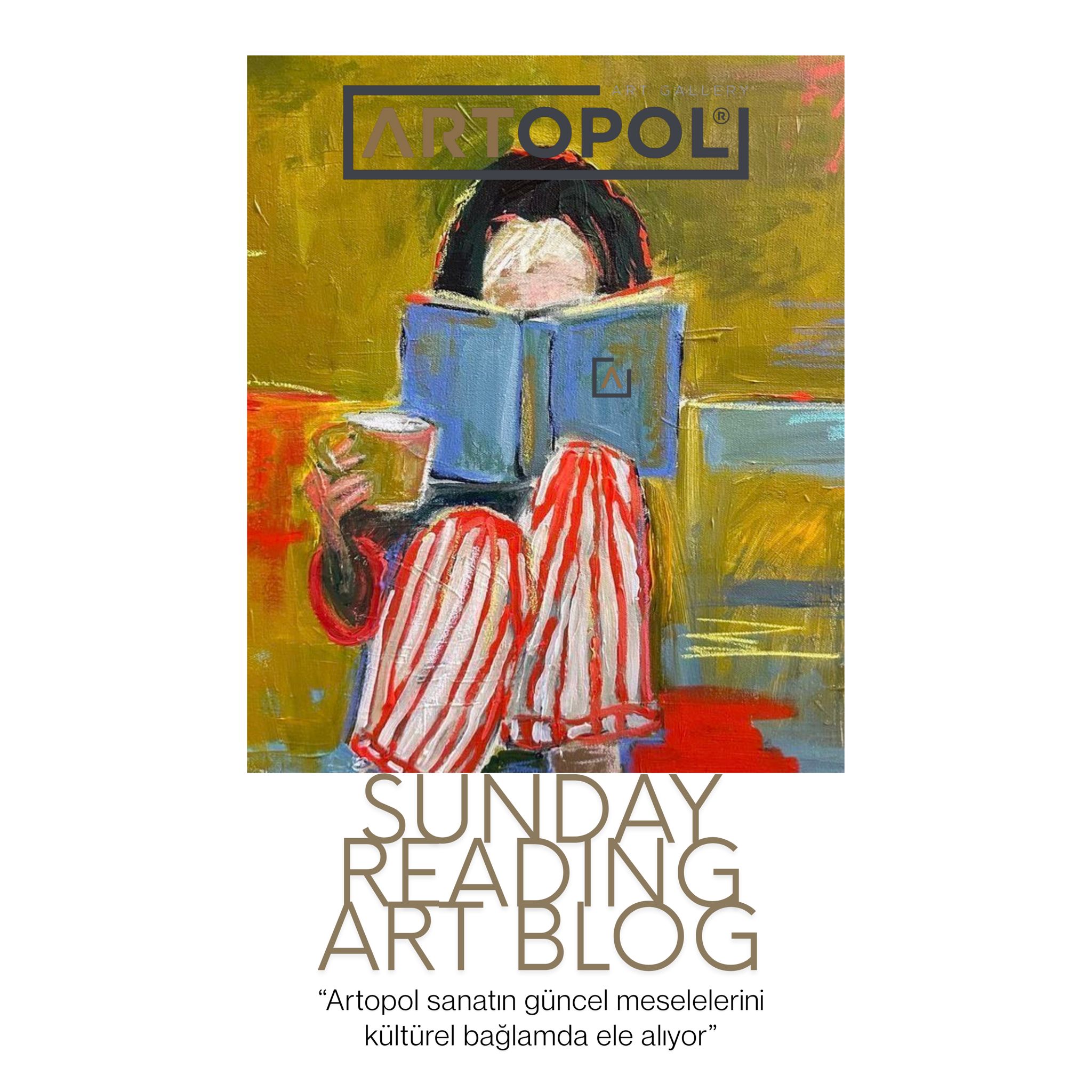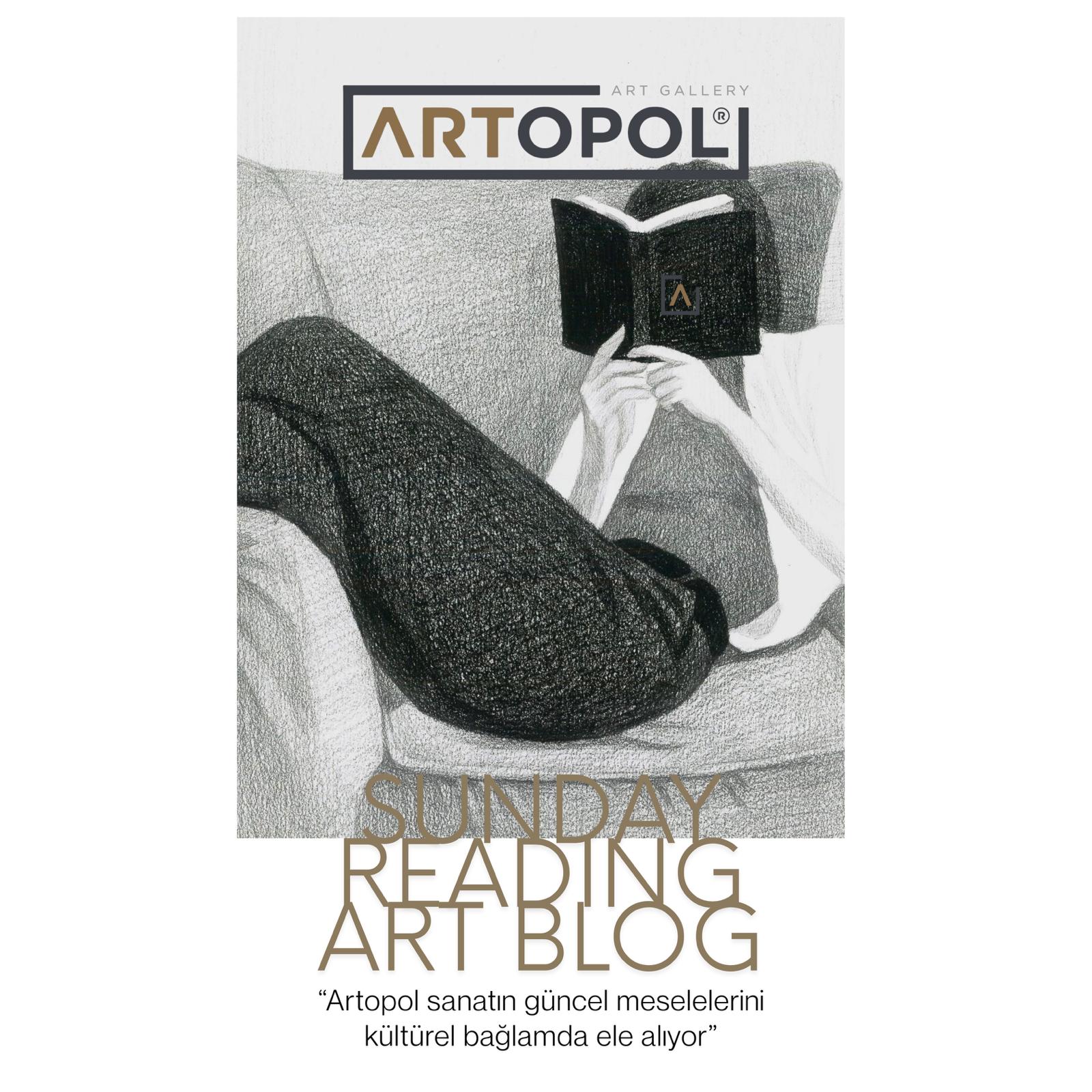A museum in southern France made headlines when an art historian discovered that 60% of its collection was fake.
Dedicated to Étienne Terrus, one of the pioneers of the Fauvist movement, this museum was established in his hometown of Elne, near the border between Spain and France. When independent art historian Eric Forcada was hired to reorganize the collection for the museum’s reopening, he quickly discovered that a large portion of the works were not created by the French painter. Speaking to The Guardian, Eric Forcada said, “In one painting, when I ran a white glove across the canvas, the ink smudged.” Additionally, the cotton on the canvas did not match that used by Étienne Terrus, and some of the buildings depicted in the artworks were constructed long after the artist’s death. Later, an expert panel was called in to examine the collection, and it was quickly determined that 82 out of 140 works were fake.

(Southern Ramparts of Elne Town (1890), Étienne Terrus)
The fact that many visitors were misled by the artworks later identified as fakes was described as a "disaster" by the town’s mayor, Yves Barniol, who apologized to everyone visiting the museum. The incident may have shocked the mayor of this small French town, but staff at Switzerland’s Fine Arts Expert Institute were not so surprised. According to Yann Walther, director of the Swiss institute specializing in verifying the authenticity of artworks, over 50% of the art on the market today is fake.
Art Forgery Scandals That Shook the World
Art forgery is as old as art itself. The increasing monetary value of art has turned forgery into a multi-million-dollar enterprise. Some forgeries are so obvious that even a naïve amateur could spot them; others are so convincing that it can take decades to uncover the truth.
One of the largest forgery scandals occurred in the 1930s and 1940s when little-known Dutch artist Han van Meegeren created and sold several fake Vermeer paintings, earning $60 million. The fraud was only uncovered after World War II when he was accused of treason for selling one of his fake Vermeers to Nazi leader Hermann Göring. In a desperate attempt to prove he had not sold priceless artworks to the Nazis, only a counterfeit, Van Meegeren agreed to paint a new Vermeer in front of witnesses appointed by the press and the court, effectively covering up the treason charges. This also established him as one of the most skillful forgers of all time.
Van Meegeren may be the most famous, but he is certainly not alone. Hungarian painter Elmyr de Hory sold over 100 fake works by Modigliani, Degas, Picasso, and Matisse before authorities noticed his forgeries in the 1970s. In 2004, gallery owner Ely Sakhai admitted to employing skilled forgers to create copies of original works by Paul Gauguin and other Impressionist and modern artists, which he then sold at Sotheby’s and Christie’s auctions.

(The Supper at Emmaus, Han van Meegeren (1936–1937), Boijmans Van Beuningen Museum, Rotterdam)
Wolfgang Beltracchi: The Forger of the Century
In recent years, Wolfgang Beltracchi carried out a scam that earned him the title “forger of the century.” Like Van Meegeren, who painted “brand new Vermeers,” Beltracchi decided not to recreate existing artworks but instead painted entirely new pieces inspired by works of famous artists. Together with his wife Helene, he sold over 50 fake pieces, claiming they were “misplaced works” by well-known artists such as Max Ernst, Pablo Picasso, and Paul Gauguin, hidden from the Nazis in the 1930s but recently rediscovered. Beltracchi’s works were so convincing that they fooled some of today’s leading experts, including Henrik Hanstein, head of Kunsthaus Lempertz, and Werner Spies, former director of the Centre Pompidou. Even famous actor Steve Martin was deceived into buying one of Beltracchi’s fake Campendonks. Their fraud went undetected for years, but in 2010, experts discovered traces of titanium white, which did not exist in the 1910s, in Beltracchi’s “Heinrich Campendonk, 1914” forgery.
Like the famous forgery scandals of the past, the incident at the museum in Elne reignited a centuries-old debate: as art enthusiasts, why do we care so much about originals?
An art lover—or even a prominent expert—might admire a fake artwork for decades, but the moment its true origin is revealed, a work previously considered a masterpiece can instantly become worthless and disregarded. Han van Meegeren sold his forgeries for tens of millions of dollars, but their value immediately plummeted once the fraud was exposed. One of Wolfgang Beltracchi’s forgeries was exhibited at New York’s Museum of Modern Art (MoMA), but this served only as part of a public trial against him and his accomplices.

Why Originality Matters
Undoubtedly, originals hold a special place in the art world. But why is this so?
Newman and Bloom conducted an unprecedented experiment on 180 participants to discover why people value the authenticity of an artwork so highly. Participants were asked to evaluate two paintings by Jim Rilko, “Son of the Closed Bridge” and “A Closed Bridge.”
The works are very similar, both depicting the same landscape, and this similarity was a key part of the experiment.
Half of the participants were told that the paintings were created by two different artists and that their similarity was purely coincidental. The other half were told that one work was original and the other was a copy made by an artist inspired by the first painting.
When asked to estimate the value of the paintings, the first group assigned similar value to both, while the second group gave the supposed copy significantly lower value than the original. In another experiment by the same researchers, 253 participants valued a handcrafted sculpture by an artist much higher than a machine-made sculpture based on the same design.
The researchers concluded that our appreciation for an artwork depends not only on the final product’s appearance but also on the originality of the artist’s idea and their personal involvement in the creative process. In both cases, art forgeries failed.
This is why art forgeries, no matter how close to the original, are never valued nearly as much as the genuine artwork. We humans seem to believe that artists somehow imbue their essence into their work. By looking at the works of Paul Gauguin or Vermeer, we feel a connection, as if peering into their minds. This is a feeling that forgeries, however accurate, can never replicate.
Translation: Zeynep Dikmen
Originality and Trust in Art
These high-profile, multi-million-dollar forgery stories worldwide repeatedly highlight the importance of trust in the exchange of artworks. This issue is not only critical for masterpieces by the masters but equally relevant for accessible art. In today’s world, where online sales are accelerating, transparent transactions are increasingly valuable. Galleries, in this sense, take necessary precautions to support art lovers. Artopol Art Gallery, by emphasizing trust, serves as a guarantor for collectors in terms of artwork authenticity and online purchases.
Reading forgery stories can be entertaining, but it is important to remember that working with trustworthy institutions protects the collector, the artist, and the art itself.



